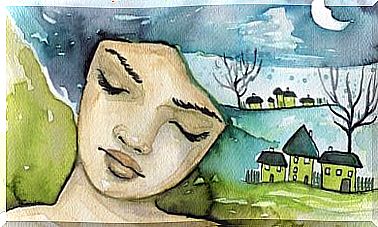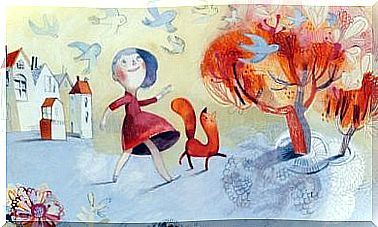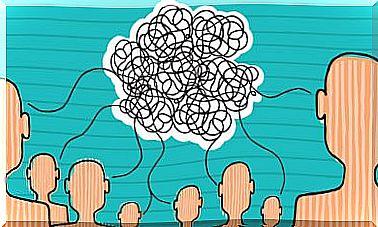“It’s Called Calm “, The Dalai Lama’s Text That Invites Us To Reflect

“It’s called calm and it cost me a lot of storms. It is called calm and when it disappears…., I go out again in search of it ”. Thus begins one of the Dalai Lama’s best-known poems, while exceptional from an emotional and psychological point of view. At the end of the day, only when we achieve that peace of mind, we think and act with greater clarity, accuracy and harmony.
One of the leaders in the world of psychology who has a closer relationship with the Dalai Lama is Paul Ekman. Considered one of the pioneers in the study of emotions, he often comments in his lectures that his friendship with the spiritual leader of Tibetan Buddhism was a transformative experience for him.
It made him see, among other things, that the soul of places, as well as the essence of life itself, does not usually inhabit “rushed” people. Haste, states of concern, envy, fear or anger cloud reason and hinder the path of happiness. Because we like it or not, calm is everything. It is that pool of crystalline waters where the moon and the stars can dance. Also the psychological balance.
A relaxed mind and calm heart respond best to life’s difficulties. Now, achieving that feeling, that subtle inner balance, is not something that we can achieve overnight. As the Dalai Lama himself explains, neither a special station nor an enlightened mind is created in a single day. We need to take off many things.

It’s called calm , the Dalai Lama’s poem
Calm is one of the most sophisticated and elusive emotional skills. This is something that psychologist Paul Ekman knew perfectly well. However, something that the spiritual leader taught him in turn is that internal peace and mental serenity are also an impulse for ethics, for respect between people ⇔ It is called calm and the world evades it, ignores it, inventing wars that no one will ever win.
Thus, those who lack that calm rarely grasp the consequences of their actions. They can hardly offer well-being and respect to others if there is an excess of noise inside them, if there is an excessive load of adverse emotions. We are somehow that society that has stopped enjoying silence to allow ourselves to be trapped by anguish, anxiety and fear.
No society can advance if it is unable to cultivate two basic nutrients: calm and compassion.
“It is called calm when you learn to love well, when selfishness gives way to giving and nonconformity fades to open heart and soul, giving yourself whole to whoever wants to receive and give.
Calm is called when the friendship is so sincere that all the masks fall and everything can be counted.
It’s called calm and the world evades it, ignores it, inventing wars that no one will ever win.
Calm is called when silence is enjoyed, when noises are not only music and madness but the wind, birds, good company or the noise of the sea (…) ”.

The calm person is like a tree that gives shade
Many of us undoubtedly have someone like that. One of those with a discreet, calm and always centered nature. They are figures who radiate peace and with whom everything seems simple. The day to day becomes calm at her side and insecurities are appeased, stress and even worries are turned off.
People with inner calm are like those great redwoods of ancient beauty that offer shade and wisdom at the same time. Now, in addition to admiring them, it never hurts to imitate them, to proceed actively to imitate their attitude, their knowing how to be, their peace of mind.
Thus, one way to achieve that state is through mindfulness. Studies, such as the one carried out by doctors Brown, KW, and Ryan, RM (2003) and published in the Journal of Personality and Social Psychology, show us that this practice allows us to better manage emotions and generate greater psychological well-being.

Calm is not only learning to live with peace, it is knowing how to move in peace in the midst of crises and adversity
Calm is not just a state of mind. One thing we know about emotions is that they have the power to condition our thoughts and actions. Thus, one aspect to understand about the poem that the Dalai Lama left us is that it is not a simple set of verses to reflect on. It is a take to action.
We must become aware that working on our internal calm is a strategy to improve our behavior, acquiring, in turn, a valuable coping strategy. Because it is not enough just to make use of inner serenity to live in peace. Calm is what allows us to move with greater poise in the midst of chaos. It is, in turn, that mooring that allows us to decide better, it is the rudder with which to overcome adversity with adequate resources and making more accurate decisions.
So let’s embrace this lesson in wisdom and personal growth on a day-to-day basis. Let’s learn to promote that balance to accept what happens to us, but always seeking to resolve it, making inner peace the reflection from which to understand the world.









